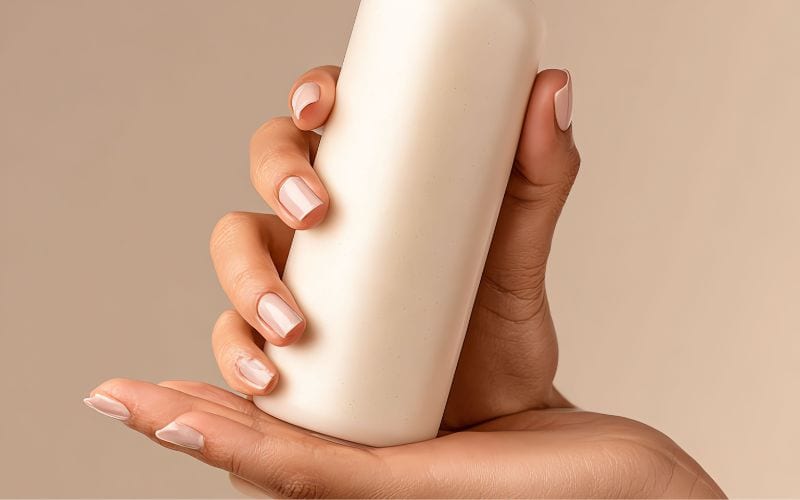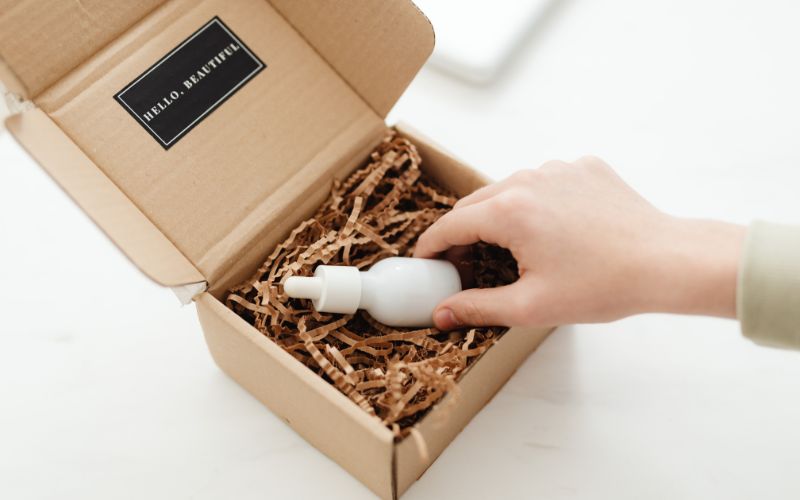What Is Ergonomic Packaging?

Ergonomic packaging combines thoughtful design with user comfort to create packages that people can easily handle, open, and use.
Definition and Key Concepts
The design of ergonomic packaging considers several human factors, and addresses important questions about user interaction.
Key elements include:
- Clear visual and tactile cues showing how to open or use the package
- Appropriate size and weight distribution for easy handling
- Surfaces with enough traction for secure grip
- Intuitive design that communicates its function without instructions
Differences From Traditional Packaging
Traditional packaging often focuses mainly on protecting the product and displaying branding.
Ergonomic packaging goes further by prioritizing how users physically interact with it.
Standard boxes and containers may look attractive but can be difficult to open or handle.
They might have slippery surfaces, awkward shapes, or unclear opening mechanisms.
Ergonomic designs solve these problems by adding features like contoured grips, easy-pull tabs, and resealable closures.
For example, some older jar required users to shake and tap them repeatedly.
Ergonomic squeeze bottles with wider openings and better grip zones let users dispense the product easily with one hand.
Importance in the Packaging Industry
Here is something that you should consider:the elderly consumers may have reduced hand strength and flexibility; young children might lack the dexterity to open certain packages.
When customers struggle with difficult packaging, they often switch to competing products that offer better usability.
Core Principles of Ergonomic Packaging Design
Human-Centered Design Approaches
Designers should observe how people naturally hold, open, and use products in real-world settings.
This approach goes beyond making packaging look good and the packaging must communicate its function clearly.
Visual cues like “pull here” tabs or “twist to open” arrows guide users without confusion.
Tactile elements help too, such as raised dots or textured grips that show where to hold or squeeze.
Product Accessibility and Usability

The package should open without excessive force or complicated steps.
Key usability features include:
- Clear opening indicators that show exactly where to open
- Grip zones that accommodate different hand sizes
- Dispensing mechanisms that control product flow
- Storage-friendly shapes that fit in refrigerators or cabinets
- Textured surfaces or contoured shapes provide traction
Considerations for Various User Groups
| User Group | Physical Limitations | Design Solutions |
|---|---|---|
| Elderly | Weak grip, poor vision | Large fonts, easy-open lids, textured surfaces |
| Children | Limited strength | Lightweight materials, larger grip areas |
| General adult | Varied capabilities | Balanced weight distribution, intuitive opening mechanisms |
Typography choices matter significantly.Font sizes should be large enough to read without strain; high contrast between text and background improves readability.
Safe Packaging Features in Ergonomic Packaging
Rounded edges and smooth surfaces prevent cuts and scrapes during handling.
Child-resistant closures keep harmful products away from young children while remaining manageable for adults.
Spill-proof designs include secure seals and controlled dispensing mechanisms.
Non-slip textures on bottle sides give users a firm grip, even when hands are wet or product residue makes surfaces slick.
Tamper-evident seals show whether someone has opened the product before purchase.
Break-away caps and protective films provide visible proof of product integrity.
Materials matter for safety too.
Shatterproof plastic bottles replace glass in many applications, reducing injury risk if dropped.
Rigid containers protect fragile contents better than flimsy packaging that can tear or collapse.
Why Ergonomic Packaging is Important in Cosmetic Packaging?

Elevates User Experience
Smooth, non-slip surfaces or contoured shapes prevent slippage—even when hands are wet like post-shower skincare.
Reduces Product Waste
Tubes with tapered, flexible bodies let users squeeze out every last drop of product. Similarly, jars with wide openings and smooth interiors eliminate trapped residue in corners.
Strengthens Brand Differentiation and Loyalty
In a crowded cosmetic market, where products often have similar formulas, packaging becomes a key “touchpoint” for brand recall. Ergonomic design stands out because it solves real user problems—turning customers into repeat buyers:
Prevents Accidents and Contamination
Lids with easy-to-lock mechanisms (e.g., “click-close” caps on liquid liners) prevent leaks
Tools like pump bottles or retractable lip brushes reduce contact with air and bacteria.
Frequently Asked Questions
What are the top features to look for in ergonomic packaging designs?
Comfortable grip surfaces rank as one of the most important features in ergonomic packaging. The packaging should fit naturally in the hand and provide enough traction to prevent slipping.
Handles need to match the product’s weight and allow users to carry items without straining their wrists or fingers.
Labels like “open here” or “pull here” guide customers through the process. The package should also be sized appropriately so users can lift and store it easily.
Easy-open features matter for people of all ages and abilities. Tabs, perforations, and resealable closures should work smoothly without requiring excessive force.
Can you suggest ways to test the user-friendliness of packaging?
Real-world testing with target audience members provides the most valuable feedback. Companies can recruit a sample group that matches their customer demographics.
These testers try opening, holding, and using the package while observers note any difficulties or confusion. Specific measurements help compare different packaging options.
Testers can rate factors like ease of opening, comfort during handling, and overall satisfaction. Companies should ask about appeal, quality perception, and whether users would choose the product based on its packaging.
Multiple scenarios reveal how packaging performs in different situations. Tests should include one-handed use, cold storage conditions, and repeated opening and closing.
Feedback from people with limited hand strength or mobility highlights potential improvements that benefit all users.
How does ergonomic packaging impact customer satisfaction?
Ease of use directly affects how customers feel about a product. When someone struggles to open a package or spill contents due to poor design, they associate that frustration with the brand.
Smooth, comfortable interactions create positive experiences that customers remember.
